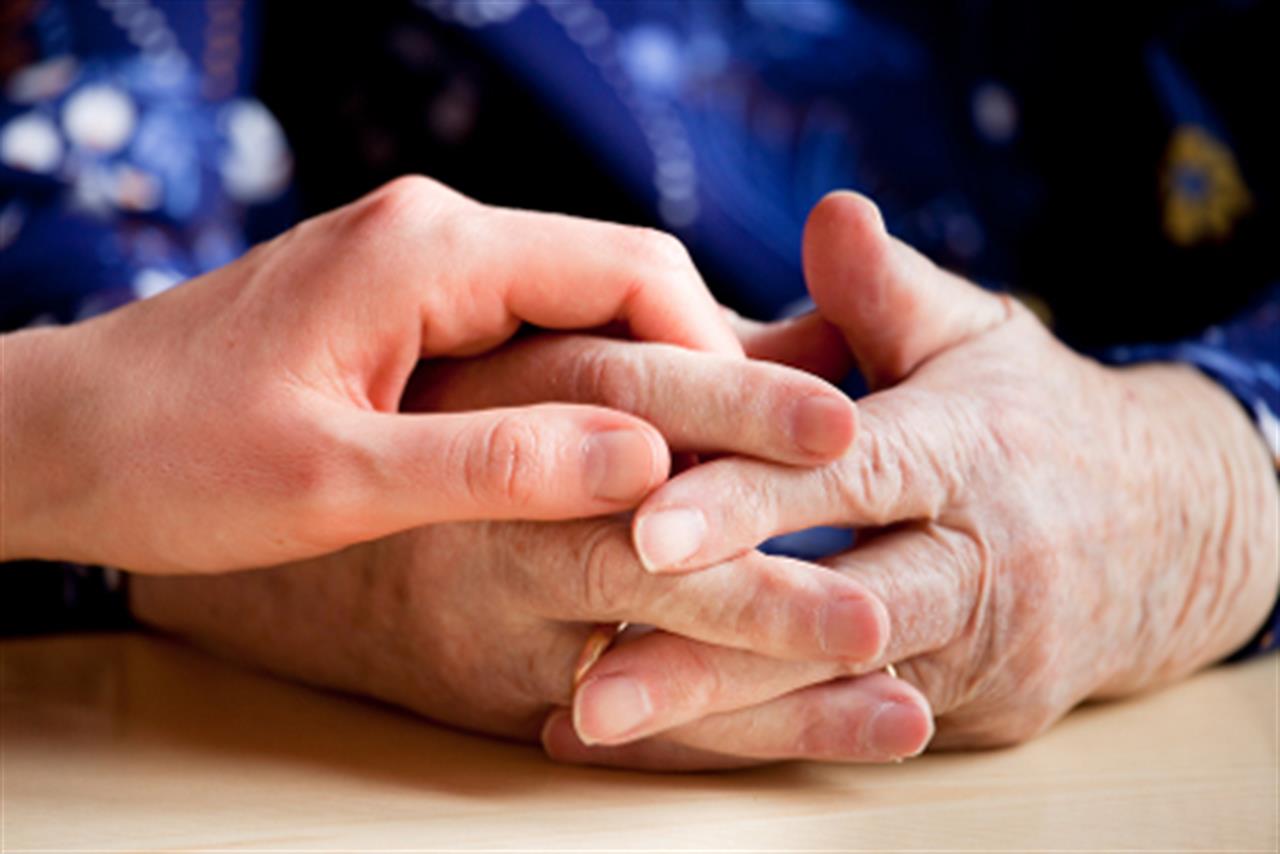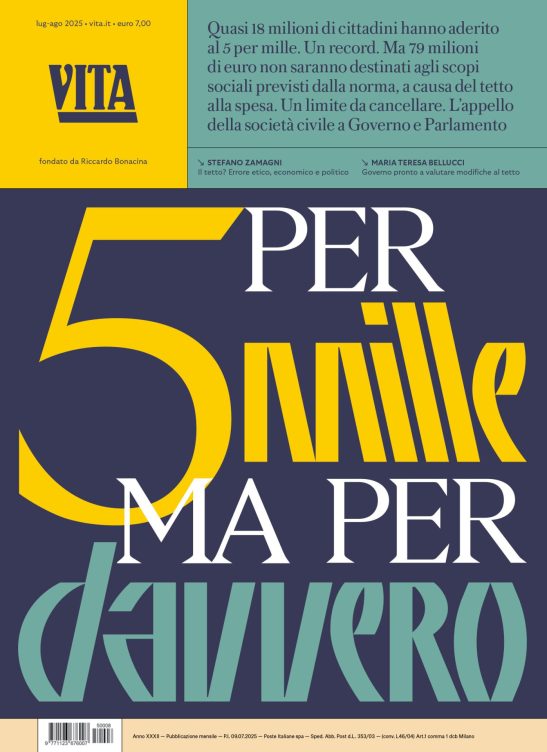When they were only 18, in 2009, Benjamin Kainz and Oscar Lundin founded a social enterprise that builds bridges between generations. Based in Stockholm,
Ung Omsorg (which translates as Young Care) was born to solve a social problem: in Sweden lots of elderly people in nursing homes or other similar institutions feel lonely and the staff at the care centers can’t spend time with them.
That is why Benjamin and Oscar decided to hire young people who would love to cheer the elderly a few hours a week. This way they have solved two problems: elderly people have company and young people get a job. Ung Omsorg also wants to inspire young people to work in the care sector in the future.
The staff of young people, who are employed on short contracts, goes to retirement homes, helps the old people with social care like taking a walk into the park, reading the news, talking, drinking coffee together…
The business model is innovative, scalable virtually anywhere and sustainable, being able to deal with various problems we face today: short term employment for the youth, medium term careers choice and improvement of the quality of life of the elderly.
Ung Omsorg provides part time work to 570 young people and makes a very positive impact on the lives of thousands of elderly people in Sweden. The venture is also environmentally responsible: its employees travel with public transport and they have an internal environmental policy focusing on thinking about the future.
Ung Omsorg is an award winning social enterprise: it was named JA-YE Europe Young Entrepreneur of the Year 2009. JA-YE Europe (
www.ja-ye.org) is Europe’s largest provider of entrepreneurship education programmes, reaching 3.1 million students in 37 countries in 2011. The social venture also won the FERD Award for Social Entrepreneurship in 2001.
17 centesimi al giorno sono troppi?
Poco più di un euro a settimana, un caffè al bar o forse meno. 60 euro l’anno per tutti i contenuti di VITA, gli articoli online senza pubblicità, i magazine, le newsletter, i podcast, le infografiche e i libri digitali. Ma soprattutto per aiutarci a raccontare il sociale con sempre maggiore forza e incisività.

